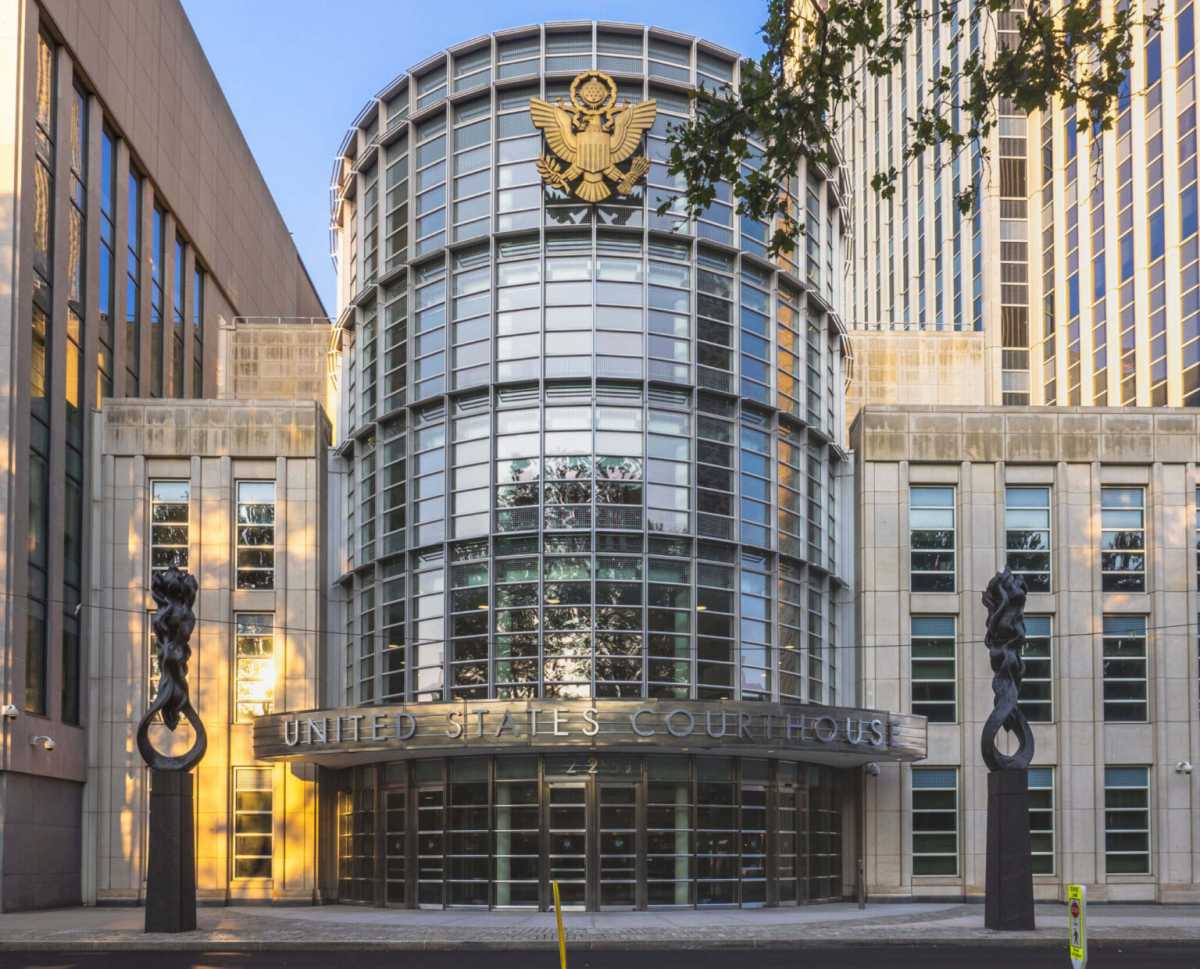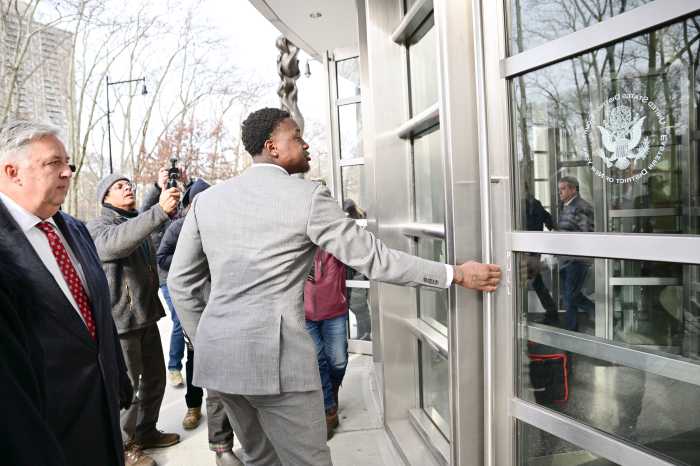The answer to the question presented in the headline is dependent upon numerous factors. For example, the length of time can depend on how long it takes a defendant to answer a summons and complaint, the time it takes to complete discovery, or even the introduction of frivolous motion practice.
Regardless, many attorneys would agree that personal injury lawsuits in New York have been taking longer than ever to come to a resolution. The reason, some say, is that New York has and always will be one of the busiest states for civil litigation. Others argue that there are less jury trials conducted in New York courts than there have been in previous years. However, when looking at reported case data by the New York Unified Court System, the reason for New York case delays may not be because of more lawsuits or less jury trials, but simply due to bad policy.
It is true that New York has a very large civil case load. According to the National Center for State Courts, New York reported an incoming civil case load of 872,912 cases compared to a national average of 193,498 incoming civil cases in 2024. In fact, New York had the fourth highest load of incoming civil cases in 2024, behind Texas, Florida, and California.
However, when looking at the data further, New York has actually seen a decrease in civil litigation activity since 2019. In fact, the number of incoming cases in New York have decreased over the last five years. In 2016, New York reported 1,420,901 incoming civil cases, while in 2019, New York reported a decrease to 1,330,551 incoming civil cases. Excluding the peak pandemic years in New York, and looking at 2023, New York reported 817,276 incoming civil cases, with an uptick in 2024 with 872,912 incoming civil cases.
Further, when adjusted for state population, New York had an incoming civil case load of 4,293 cases per 100,000 state residents, which matched the national average for 2024.
Because the number of new civil cases have decreased since 2019 and New York’s caseload when adjusted for population is on track with the rest of the country, the number of cases New York handles is likely not the reason for a delay in personal injury cases.
Some attorneys blame delays in personal injury cases on a lack of civil trials conducted in New York. For example, in 2019, New York reported 2,219 civil jury trials, while in 2024, New York reported only 843 civil jury trials, a decrease of 62%. However, when comparing the decrease of civil trials compared to the decrease of incoming civil cases, the decrease in percentile is similar (New York had a 65% decrease in civil cases between 2019 and 2024 in New York).
The reason for delays in the New York personal injury cases may instead be attributed to an antiquated provision of the New York state constitution.
Enacted in 1846, and amended in 1961, Article 6 of the New York state constitution has set the number of state Supreme Court seats “for geographically-defined areas known as judicial districts by using a sole population-based ratio i.e., one justice per 50,000 people.”
This kind of cap on judges creates a one-dimensional policy that does not account for other factors. For example, the proper venue for a personal injury action can be brought in the location of an accident, regardless of the residence of the plaintiff or defendant. As a result, a city like New York, where people visit or work, but not necessarily live, is likely to be the location of numerous personal injury lawsuits that do not involve state residents.
With the added pressure of out-of-state litigants, a constitutional cap on justices creates overworked and backlogged case dockets. While the addition of court staff can help alleviate a case load, the necessity of a Judge to oversee civil litigation cannot be replaced. Judges have limited time and oversee an extreme amount of work, from reviewing and deciding motions to presiding over trials.
New York State Assembly Member Alex Boris stated the problem succinctly: “The dumbest reason why we are so backlogged is that we don’t have enough judges… There is no similar limit in the federal constitution. There is no similar limit in 49 states.”
In order to alleviate this backlog, the New York State legislators have proposed the Uncap Justice Act. This act, currently pending in the state legislature, would “remove the population-based constitutional cap on the number of Supreme Court justices that can serve a particular judicial district.”
According to the New York City Bar Association, this legislation is “supported by a broad range of bar associations, civic and legal organization and business groups.” If the act is passed, New York will be able to appoint more justices, not according to population, but according to the unique needs of different New York jurisdictions.
Case delays due to backlogs and overworked judges can have real consequences for plaintiffs in personal injury suits. When someone is severely injured due to the negligence of others, much of the time plaintiffs cannot work. Without work, plaintiffs struggle to pay for utilities, rent for housing, and food for themselves and their families. While waiting for their case to close, and to receive the settlement money they need to survive, the poorest of injured litigants can be forced into further poverty and sometimes homelessness.
Thus, by removing the population cap of justices in New York, courts will be able to address a growing backlog of cases, judges will be able to handle cases with more efficiency and attention, and, most importantly, plaintiffs will be able to receive the help they need sooner.
Jay Gorayeb is an attorney at Gorayeb and Associates, P.C.






































